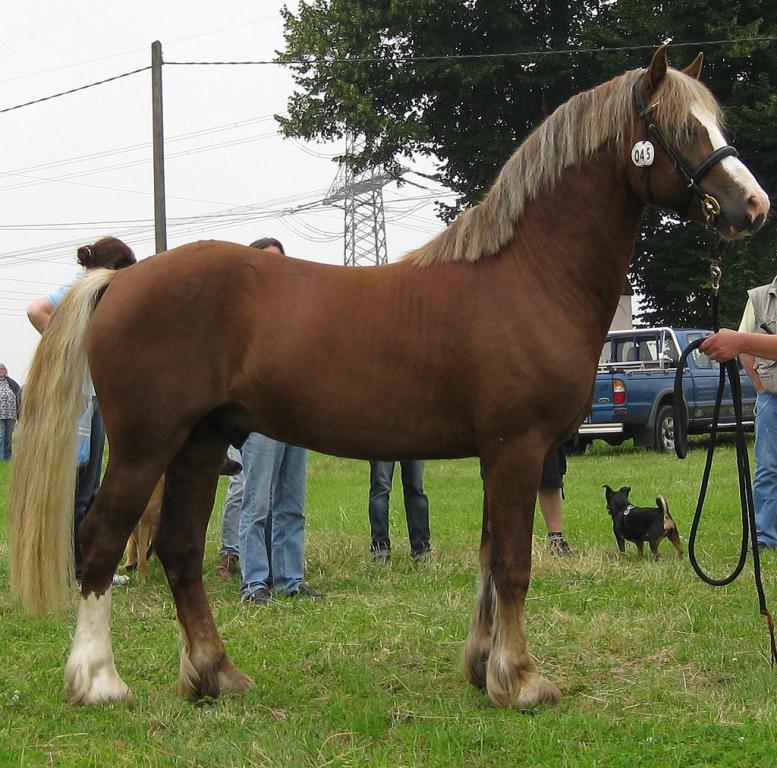
Continent: Europe
Country: United Kingdom
Weight: 450 – 550 kg
Height: 145 – 155 cm

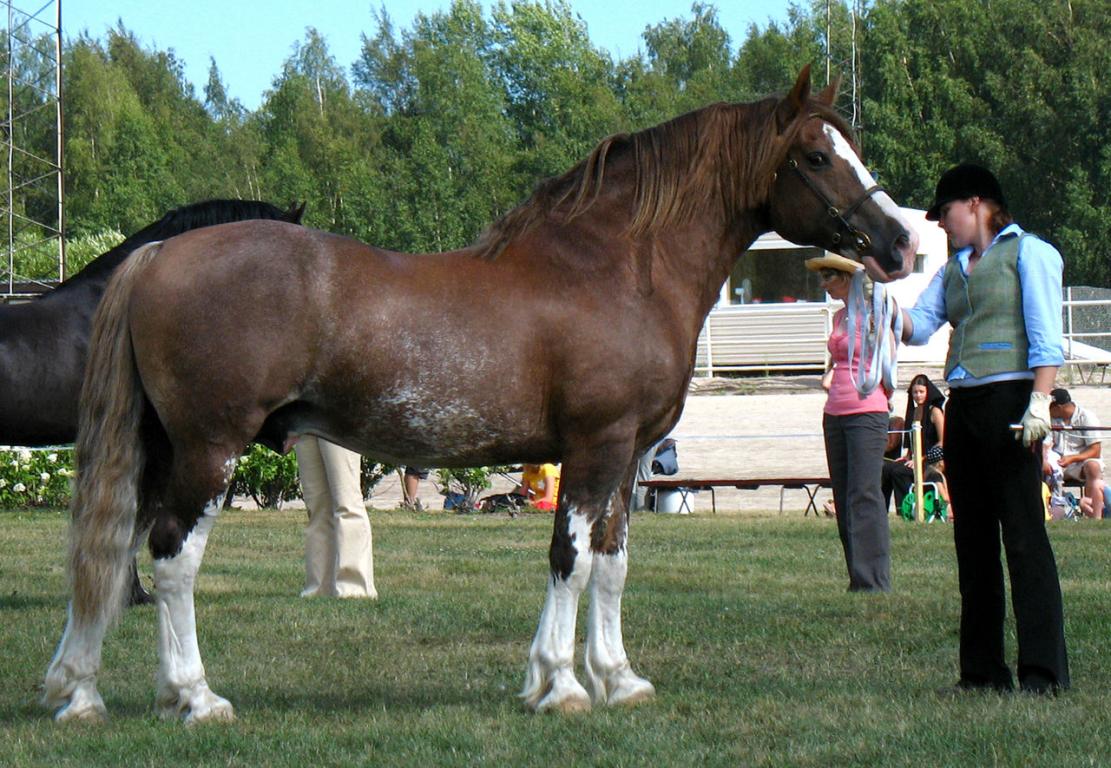
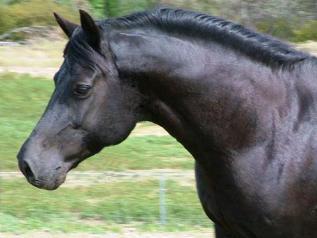
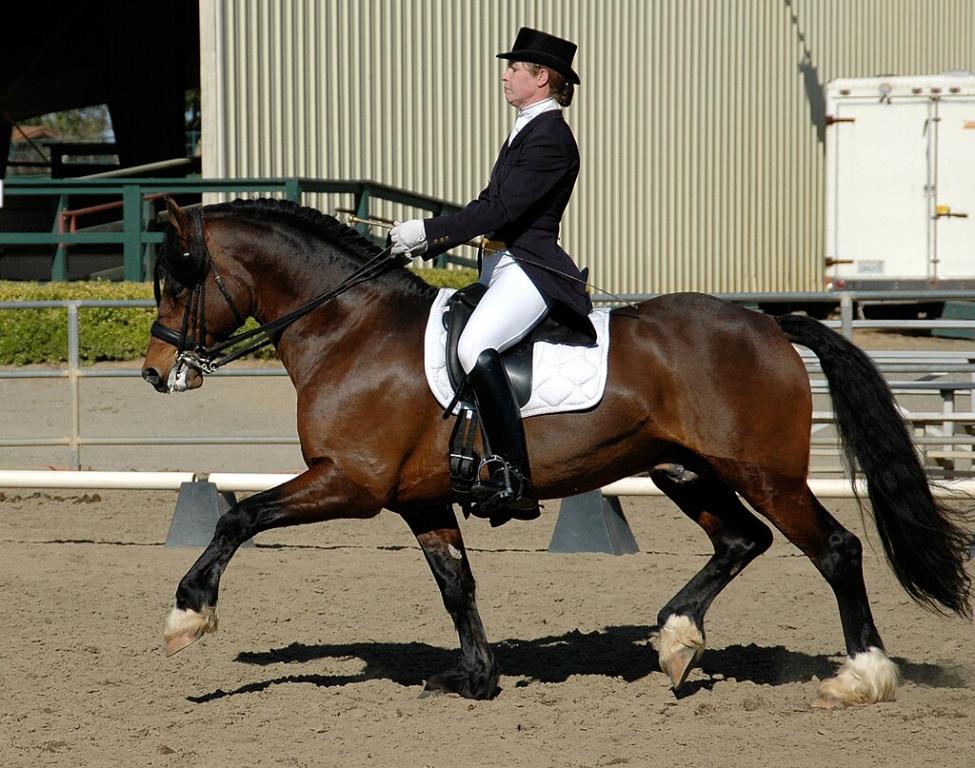
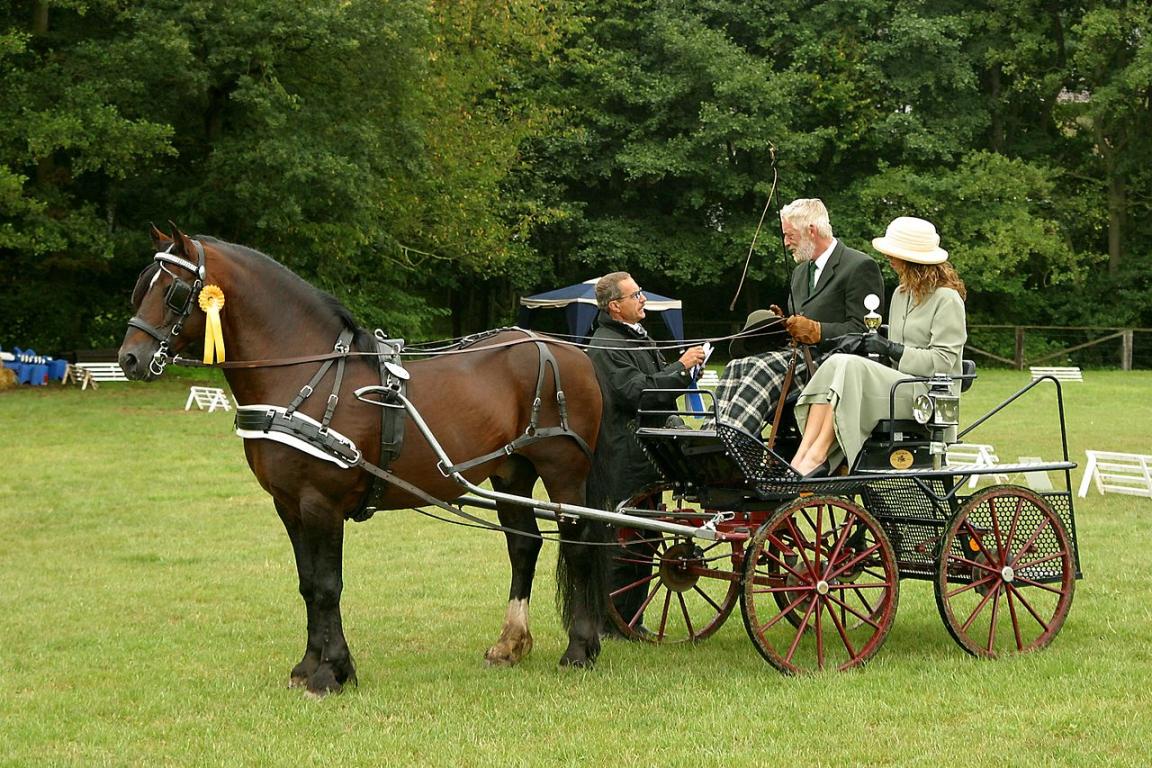
The Welsh Cob traces its roots to Wales, more specifically to Ceredigion County, the historical heartland of the breed.
Descended from Celtic ponies that have been present since the end of the last Ice Age, it was shaped by a rugged, mountainous environment, developing exceptional hardiness and endurance.
Influenced over the centuries by Iberian, Arabian, and Hackney horses, the Welsh Cob has become a versatile equine, used both as a warhorse for the nobility and as a working horse for Welsh farmers.
The Welsh Cob is bred primarily in western Wales, particularly in Ceredigion County, considered the breed’s cradle.
Local breeding operations are often family-run and small-scale, preserving traditional methods and a strong cultural identity.
Outside its homeland, the breed is found in many European countries such as France, Ireland, and the United Kingdom as a whole, as well as in North America, where it is valued for its versatility and sporting abilities.
The Welsh Cob holds significant genetic value thanks to its versatility, strength, and hardiness. It has contributed to the improvement of many breeds, notably by strengthening bone structure, increasing endurance, and enhancing gait quality.
Its extended trot and natural power make it an excellent asset in the creation of sport horses, particularly in show jumping and driving.
In its region of origin, preserving the purity of type and Welshness is a top priority, ensuring the maintenance of the breed’s unique morphological and behavioral characteristics.
Ancient Origins and Celtic Influence :
The Welsh Cob traces its roots to the Celtic ponies present in Wales since the end of the last Ice Age. Adapted to a mountainous and harsh environment, these equines developed exceptional hardiness and a sharp intelligence. The earliest external influences came from Iberian and Arabian horses, introduced through trade and invasions, which gave the Welsh Cob greater height, elegance, and endurance.
War Horse and Rural Companion :
In the Middle Ages, the Welsh Cob was used by the Welsh nobility as a war horse, capable of carrying an armed rider and maneuvering with agility. Crossbreeding with horses from Spain and the Middle East produced powerful mounts known as Powys horses, sought after throughout Great Britain.
At the same time, it became a versatile farm horse for Welsh peasants: plowing, pack work, driving, and trekking were part of its daily tasks. Its ability to trot swiftly over long distances also made it a preferred mount for doctors and travelling merchants.
Breeding Organization and Creation of the Studbook :
Structured breeding began in 1901 with the founding of the Welsh Pony and Cob Society (WPCS). The first volume of the studbook was published in 1902, dividing the breed into several sections (A, B, C, and D), with the Welsh Cob corresponding to Section D.
In 1904, the Prince of Wales established the prestigious George, Prince of Wales Cup, awarded to the best representatives of the breed to encourage high-quality breeding. This competition became a symbol of prestige for Welsh breeders.
Decline and Preservation :
Like many working horse breeds, the Welsh Cob declined in the 20th century with the mechanization of agriculture and transport. However, its cultural significance and sporting qualities allowed it to survive. Welsh shows, particularly the Royal Welsh Show, played a key role in preserving the traditional type.
International Spread :
Today, the Welsh Cob is bred in many countries, including France, Ireland, Canada, and the United States. It is valued as a leisure, driving, and competition horse, while remaining a national emblem in its homeland.
The Welsh Cob is renowned for its balanced temperament energetic, willing, and reliable which makes it highly valued for both leisure riding and competition.
Intelligence and Liveliness :
The Welsh Cob is highly intelligent, a quick learner, and has an excellent memory.
It is curious and attentive to its surroundings, making it responsive but not fearful.
Under saddle or in harness, it is an alert horse with spirit, yet without being overwhelming.
Willing Temperament :
It is recognized for its courage and commitment to work. It does not shy away from effort, even under challenging conditions.
It is enduring and has a reputation for “never giving up”, whether in trekking, driving, or competition.
Reliable and Honest Character :
Despite its energy, the Welsh Cob remains trustworthy, steady, and predictable.
It is often described as a “safe horse”, making it suitable for amateur riders, even outdoors.
When well-trained, it shows a gentle temperament, including with children on the ground.
Sensitivity and Relationship-Oriented Nature :
It forms strong bonds with humans and enjoys routines, calm interactions, grooming, and shared activities.
Its sensitivity can sometimes make it prone to boredom or frustration if under-stimulated.
Assertive Nature in Some Individuals :
Certain individuals may display an independent or even stubborn streak, especially if training has been inconsistent or too permissive.
It therefore requires firm yet gentle education, with a clear and consistent framework.
The Welsh Cob combines:
- intelligent liveliness
- willingness to work
- reliability and attachment
- a calm temperament when properly managed
This profile makes it suitable for:
- amateur or experienced riders
- leisure riding, driving, dressage, or even equine-assisted activities
"The Welsh Cob combines the strength of a workhorse, the liveliness of a pony, and the reliability of a trusted companion."
The Welsh Cob enjoys a strong reputation and international recognition, which supports its long-term sustainability. In its homeland of Wales, preserving the breed’s genetic purity and traditional type remains a priority, supported by the Welsh Pony and Cob Society and prestigious events such as the Royal Welsh Show.
On a global scale, demand remains steady for versatile horses that are both athletic and hardy, capable of excelling in driving, leisure riding, or competition. However, the breed must avoid excessive selection for show purposes, which could compromise its functional abilities.
Collaboration between international breeders and ongoing promotional efforts should ensure a promising future for the Welsh Cob, while preserving its cultural heritage and original qualities.
The Welsh Cob is known for its natural hardiness, the result of centuries of selective breeding in the harsh conditions of Wales. It is generally a healthy breed with remarkable longevity, provided it receives proper care.
Hardy Constitution:
- Excellent weather resistance, thanks to thick skin, a dense coat, and a robust build.
- Strong, well-shaped hooves, often usable without shoes, especially on natural terrain.
- Ability to live outdoors year-round in a herd, with access to shelter.
Routine Care :
- Regular dental checks, especially for older horses.
- Vaccination and deworming according to general recommendations.
- Special attention to weight and metabolism: the Welsh Cob has an efficient metabolism, requiring a balanced diet without excess.
Longevity :
The Welsh Cob is renowned for its longevity, with many individuals remaining active well beyond 25 years.
A long, regular walk, demonstrating the breed’s power and elasticity.
A lively and expressive gait, with good ground cover and pronounced engagement of the hindquarters. The head carriage is proud and the neck well arched.
A balanced canter, with suppleness and impulsion, ideal for dressage and driving.